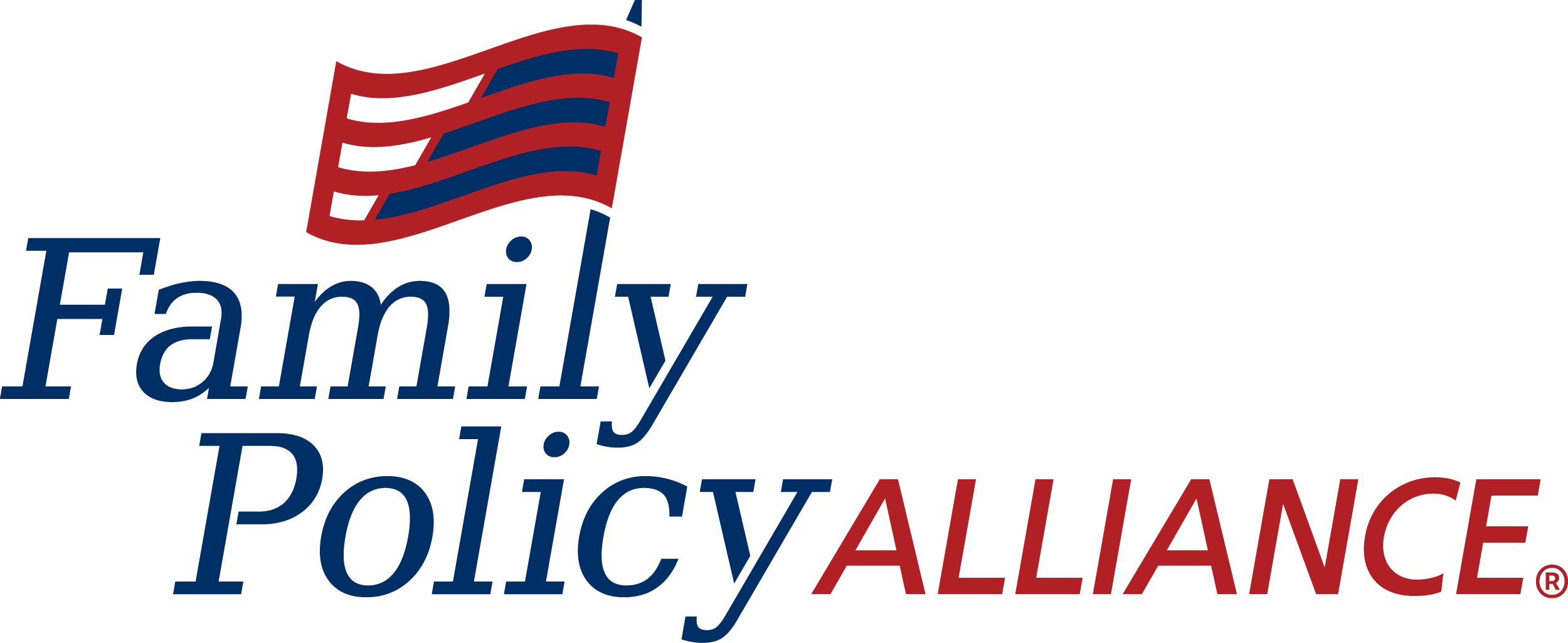For Immediate Release Family Policy Alliance Condemns FDA Approval of
Abortion
Family Policy Alliance is dedicated to protecting human life from the time of fertilization to natural end because every human life is created in the image of God.
Since the infamous Roe v. Wade case in 1973 when the Supreme Court invented a “constitutional right to abortion,” more than 60 million lives have been lost to the procedure.
Family Policy Alliance will always stand with our allies to prove to the world the humanity of the preborn and the need to protect the least of these. As science and technology have improved, we are able to see what we inherently know – that a baby is a life worth protecting at all stages of gestation.
We advance policies across the nation that defend and promote the humanity of each life, which includes helping mothers choose life and protecting their health. We oppose policies that promote abortion, force taxpayers to pay for abortion, or require medical professionals and insurers to provide abortion services and coverage. Most importantly, we help the Church exercise Biblical Citizenship so that they are trained and equipped to advocate for life.

Abortion Defined
Abortion refers to a voluntary medical procedure that is intended to end the life of a baby in the mother’s womb. There are two primary ways a woman can obtain an abortion.
PILLS
Chemical abortions are a two-step process: (1) a woman takes the first pill that blocks the baby from receiving progesterone; (2) 24 -72 hours later she takes the second pill that forces her to deliver the baby.
SURGERY
Surgical abortions are performed in two ways: (1) the baby is sucked out of the womb using a vacuum-like machine; (2) the baby is dismembered limb-by-limb in the womb.
The courts have established that states have the right to regulate abortion (in the interest of protecting the life of the baby), but cannot “place an undue burden” on a woman’s access to abortion before the baby becomes “viable” – which, due to medical advancements, is becoming earlier and earlier.

God Made You
God’s Word is clear about life. God created it, He sustains it and He knows your very last day.
All mankind is made in the image and likeness of God (Gen. 1:26,27). We know that God formed your inward parts and knit you together from conception in your mother’s womb (Job 31:15, Psalm 139:13; Jeremiah 1:5). He knows our name (Isaiah 49; John 10:3). You are His child (2 Corinthians 6:18; Galatians 3:26). He even knows how many hairs are on your head (Luke 12:7)!
Your life – every life – is precious.
So precious that His Word declares that if two men are fighting and accidently hit a pregnant woman and cause the harm of the woman or her baby, the penalty shall be, “life for life, eye for eye, tooth for tooth…” (Ex. 21:23—24). God declares that each person, the mother and preborn child, are individual people; that His law protects them equally and the punishment for causing a miscarriage matches the severity of the injury. Additionally, Scripture specifies that even if the miscarriage of the child happens accidently, punishment is still required. God places high value equally on the pregnant mother and her child.
As Christians, we know that abortion at any stage is a grave sin. That’s why we must protect life and work to advance a culture that does likewise. We must work to restore the women and men to faith who have experienced abortion and help them embrace God’s forgiveness.
Additionally, Believers must speak out in favor of life and align our faith with our vote to the best of our ability. Together, we must be a voice for those who can’t speak for themselves. Our love for our neighbor demands nothing less.
Abortion legalized by the court, fought through legislation
In 1973, the Supreme Court invented a constitutional right to elective abortion in the major case known as Roe v. Wade. However, the legal march towards the Court’s creation of a fundamental right to abortion began almost a decade before the infamous Roe v. Wade ruling.
In 1965, the Court, in Griswold v. Connecticut, invented a “right to privacy in marriage” which permitted couples to buy contraceptives. This was then followed in 1972 by another case, Eisenstadt v. Baird, which extended privacy in marriage to individual personal privacy. While appearing harmless, these activist court opinions became the foundation for legalizing abortion under the guise of protecting a woman’s “privacy.”
Roe tied the hands of states so that they could not pass any laws to protect preborn children in the first trimester of pregnancy. During the second trimester of pregnancy, the state could only restrict abortion if the laws also protected the mother’s health. But states pushed back and took every opportunity to protect both the mother and her baby by passing pro-life laws.
In 1992, in challenge of the pro-life laws being passed, Planned Parenthood once again turned to the courts in Planned Parenthood v. Casey. It was widely expected that the Court would overturn Roe, but in the 11th hour, Justice Anthony Kennedy flipped his vote and in a 5-4 decision, the Court upheld Roe, but modified the rules. In Casey, the Court recognized that although women did have the right to have an abortion before the baby was viable (ability to survive outside the womb), the state still had an interest in protecting the life of both baby and mother throughout a pregnancy.
Casey allowed more opportunity for state legislatures to pass laws regulating abortion as long as those laws did not create an undue burden on a women’s ability to get an abortion. This rule is arbitrary and difficult to predict how courts will apply it, setting the stage for a patchwork of laws across the country.
Today, state legislatures continue to institute more and more protections for the preborn child and the mother. As a result, our nation is the most pro-life since 1973!
Protecting Life & Ending Abortion
HOW DO WE CREATE A CULTURE OF LIFE?
There are several major strategies that Family Policy Alliance, our state and national allies, and many other pro-life advocates have been using to advance a culture of life in the states. These strategies typically fall into the following policy categories:

Recognize the Humanity of the Preborn
These laws ban research using aborted babies and fetal remains. They also help curb the abortion industry’s ability to profit from exploiting women and pre-born children.

Ban Discrimination Against Preborn Children
Prenatal Nondiscrimination Laws ban abortion based on the belief that a child might be born with a disability or solely on the child’s race or sex. These laws show that every life should be protected no matter the stage or level of development. Read more

Protect Mothers’ Health and Safety
These laws, proven effective in reducing the number of abortions, require abortion facilities operate under the same standards as other out-patient medical facilities, including requiring that abortionists have admitting privileges at a nearby hospital.
Enhance a Mother’s Right to Access Information About Abortion
The abortion industry feigns to give women a “choice” — yet they consistently oppose legislation that would give women more information about the abortion procedure they are “choosing.” Informed consent laws ensure women have access to information about the potential ramifications of an abortion, alternatives to abortion, that chemical abortions may be reversed, information about the abortionist performing the procedure, and more. Many states also require a 72-hour waiting period for a woman to consider her options before an abortion can be performed.
Eight states have already passed laws that require a woman be informed about chemical abortion reversal: Arizona, Arkansas, Utah, Idaho, South Dakota, North Dakota, Kentucky, and Oklahoma.
Watch this inspiring story on abortion reversal.
Increase Accountability Through Reporting
These laws require basic reporting about abortion procedures in the state such as how many abortions occurred, what methods were used, and the number and types of complications that women experienced. No industry should be able to operate in the dark. These laws provide factual information about how the industry is run and its effects on women.
Bans on Types of Abortions
All abortions are gruesome however, there are several methods that are beyond the pale. More than 20 states and the federal government have been successful in banning the heinous procedure of partial-birth abortion, while another 10 states have banned dismemberment abortion.
Protecting the Preborn from Crimes
Thirty-eight states already enforce fetal-homicide laws which allow a person to be charged with a second crime for harming the pre-born child of a pregnant woman. These laws not only help provide justice for the families, but they also highlight the humanity of the preborn child. Further, more than 30 states have Born Alive Protection Laws. These laws mandate that if a baby is born alive from a failed abortion, they must receive basic medical treatment.
Week-Based Abortion Bans
Given the current legal understanding of Supreme Court opinions on abortion, week-based bans are becoming more common ways of limiting abortion. More than 20 states have already passed 20-week bans which prohibit abortions at the point where it is scientifically recognized that preborn babies feel pain. Most western countries — oftentimes considered more liberal than the United States — do not allow abortion beyond 24 weeks. By allowing abortions this late in pregnancy, we join the ranks of totalitarian nations like China and North Korea.
SEE IF YOUR STATE HAS A 20-WEEK ABORTION BAN
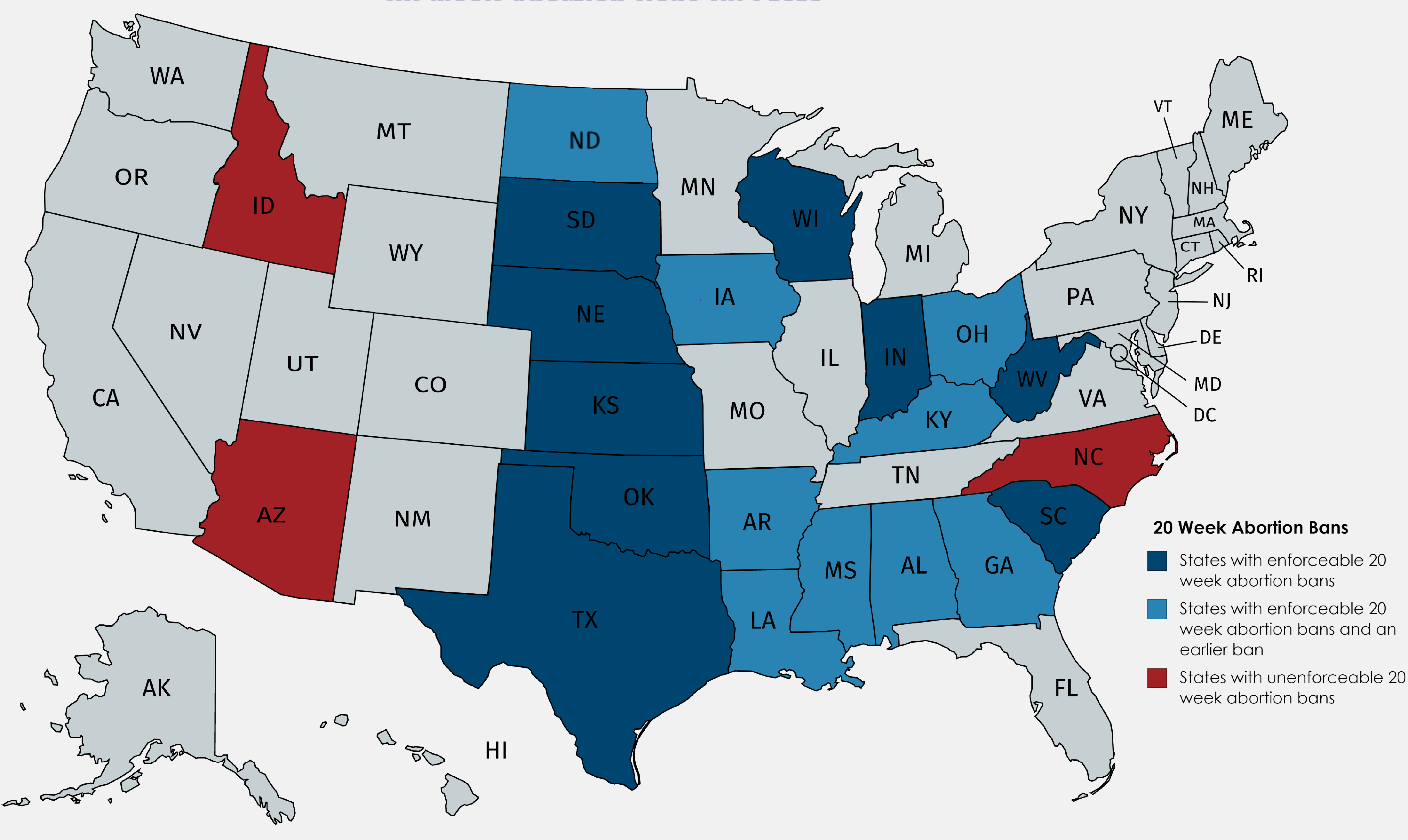
Several states have passed laws that ban abortion even earlier than 20 weeks. For example, Heartbeat laws ban abortion once a baby’s heartbeat has been detected, usually around six weeks.
STATES WITH HEARTBEAT BILLS
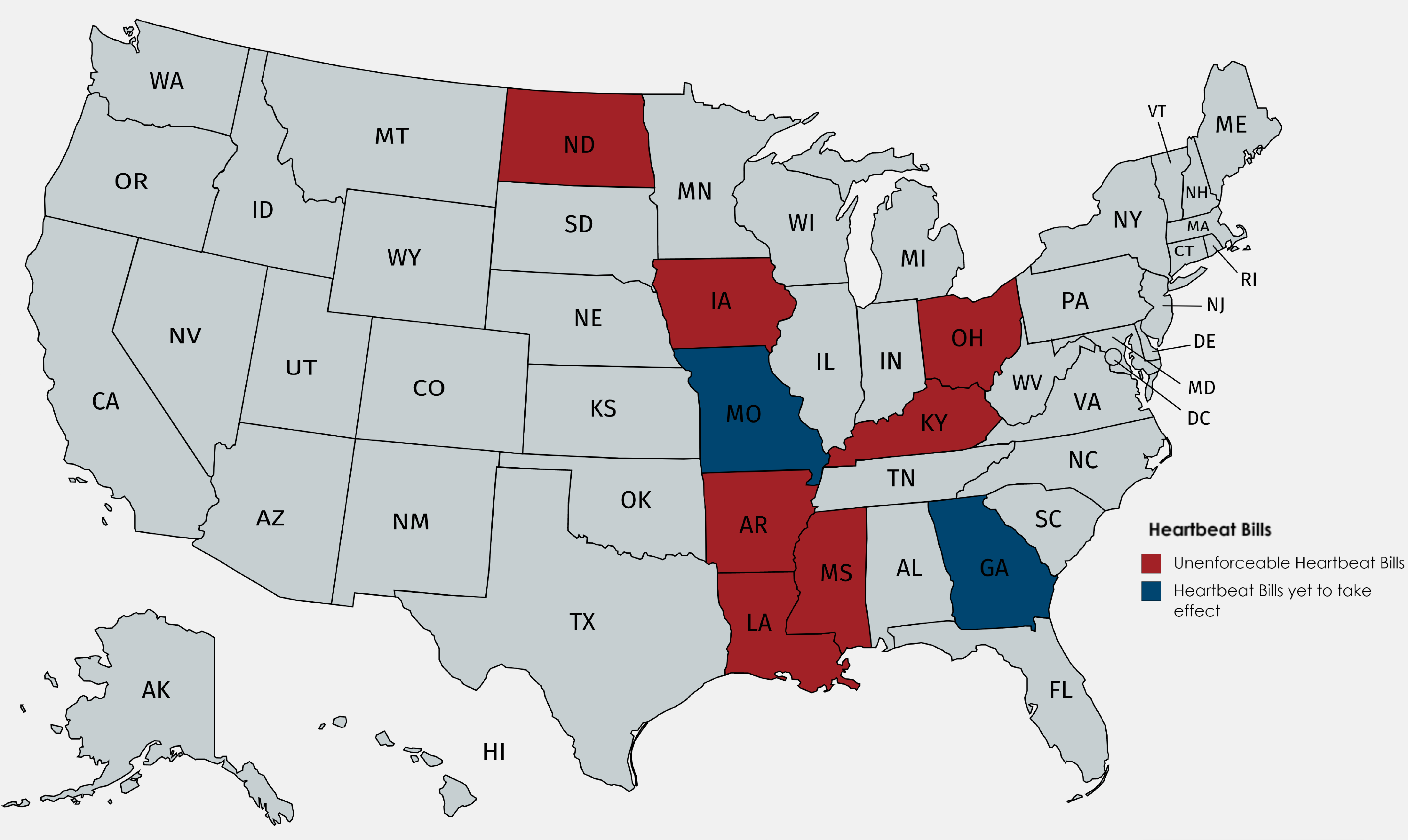

Our Ongoing Work on Abortion
Examples of bills we advocated for during the 2019 legislative session:
Restricts abortion once a baby’s heartbeat is detected and provides the mother with important resources and information during her pregnancy.
Georgia H.B. 481
Bill would require that women be given information about the possibility of reversing a chemical abortion.
Kansas H.B. 2274 & North Dakota H.B. 1336
Bill would ensure that babies born alive after failed abortions received basic medical treatment.
Montana S.B. 354 and Texas H.B. 16
Provides an income tax credit for a baby who is stillborn.
North Dakota H.B. 1276
Bans dismemberment abortions where the baby is torn apart, limb by limb, in the womb.
North Dakota H.B. 1546
Examples of bills we worked to defeat in 2019:
Bill that would require Medicaid (taxpayers) to pay for abortions.
Maine H.B. 594
Bill that would force religious entities to violate their faith and pay for contraceptives and abortion.
New Jersey A 5508
Bill that would have completely decriminalized abortion and would have allowed any type of abortion to occur at any point during a pregnancy.
New Mexico H.B. 51
Faith v. Abortion
When state or federal government compels medical professionals to provide abortion services, insurers to cover elective abortions, or taxpayers to pay for other people’s abortions, the government violates Americans’ religious freedom.

Forced Abortions
Under federal law, the Trump Administration created a new rule to protect the conscience rights of the medical community including providing abortion services, but protection at the state level varies. Two states (Vermont and New Hampshire) do not have any protections for healthcare professionals from being forced to perform abortions or other procedures that violate their conscience. Read more about Religious Freedom in Healthcare
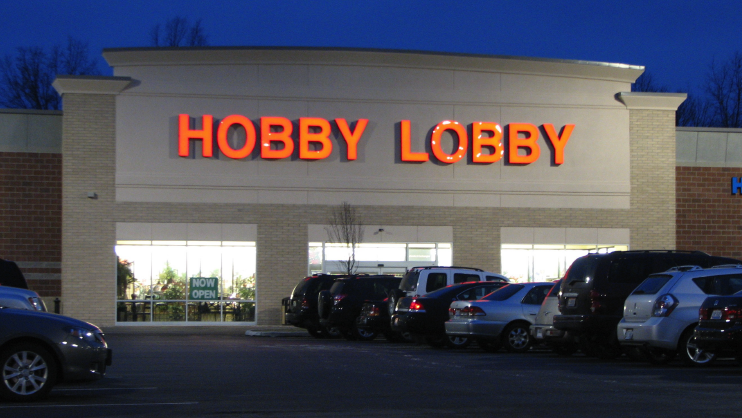
Forced Coverage for Abortion
When Obamacare became law, it mandated that employers provide contraceptive coverage — including drugs that can cause abortions — through their insurance. This mandate even applied to religious employers, such as the owners of Hobby Lobby who defended their religious freedom all the way up to the Supreme Court, where the Court upheld religious freedom for employers. Read more about Religious Freedom in Business
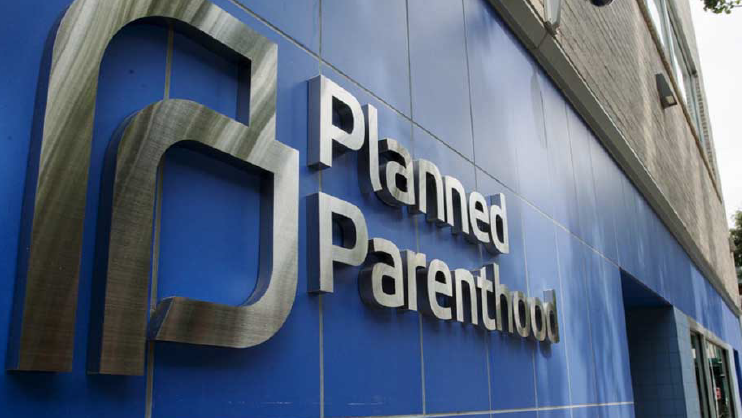
Forced Funding of Abortion
The federal government does not allow federal Medicaid funds to be used to pay for abortions under the Hyde Amendment. Yet, state funds can still be used for abortions. State Medicaid funding often violates believers’ conscience rights by requiring government funding of elective abortions. Thankfully, several states have passed laws that defund abortion providers.
States can defund abortion providers in different ways — by the priority they give abortion providers in their federal Title X funds, in their state Medicaid funds, or in their state family-planning funds.
SEE IF AND HOW ABORTION IS FUNDED IN YOUR STATE

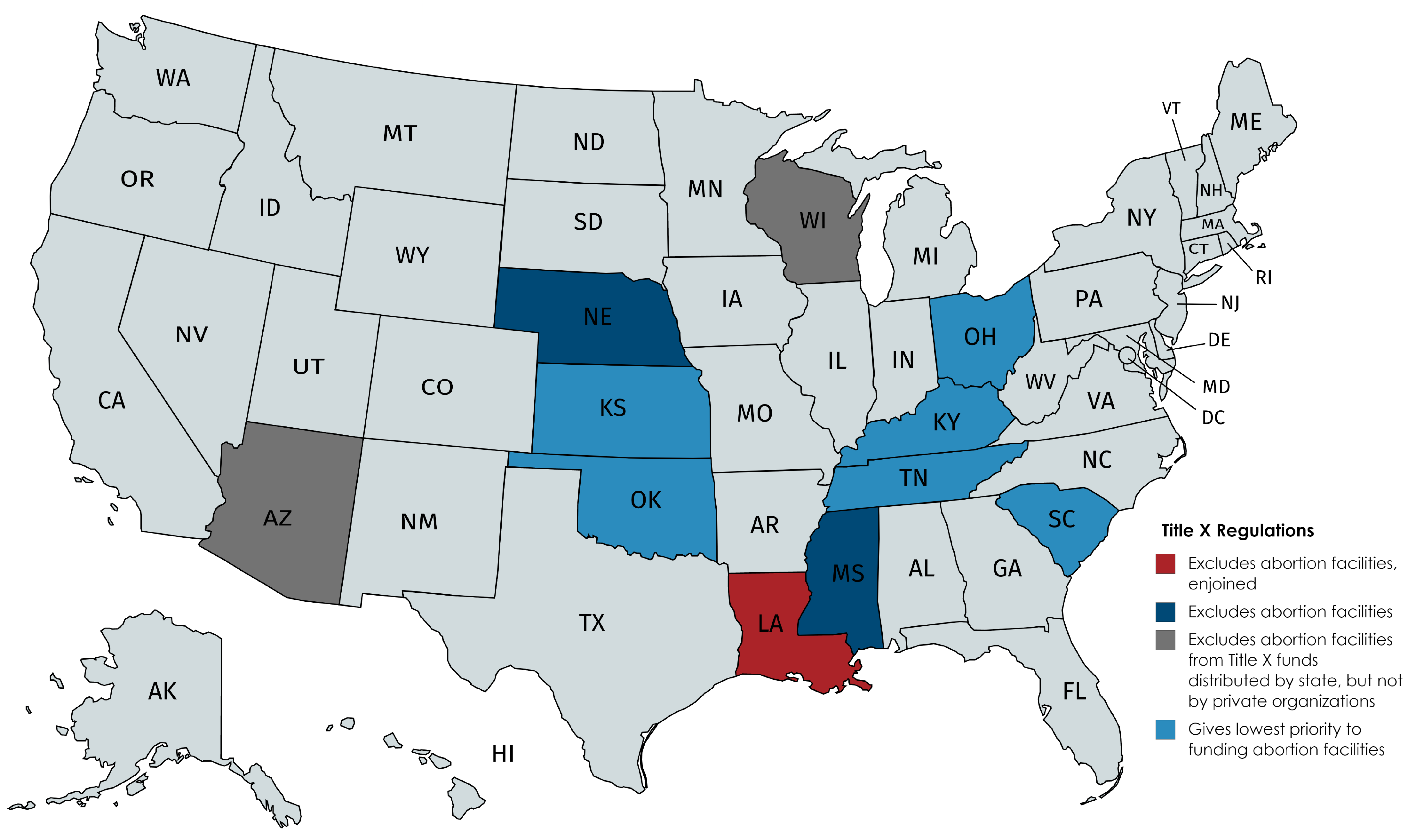
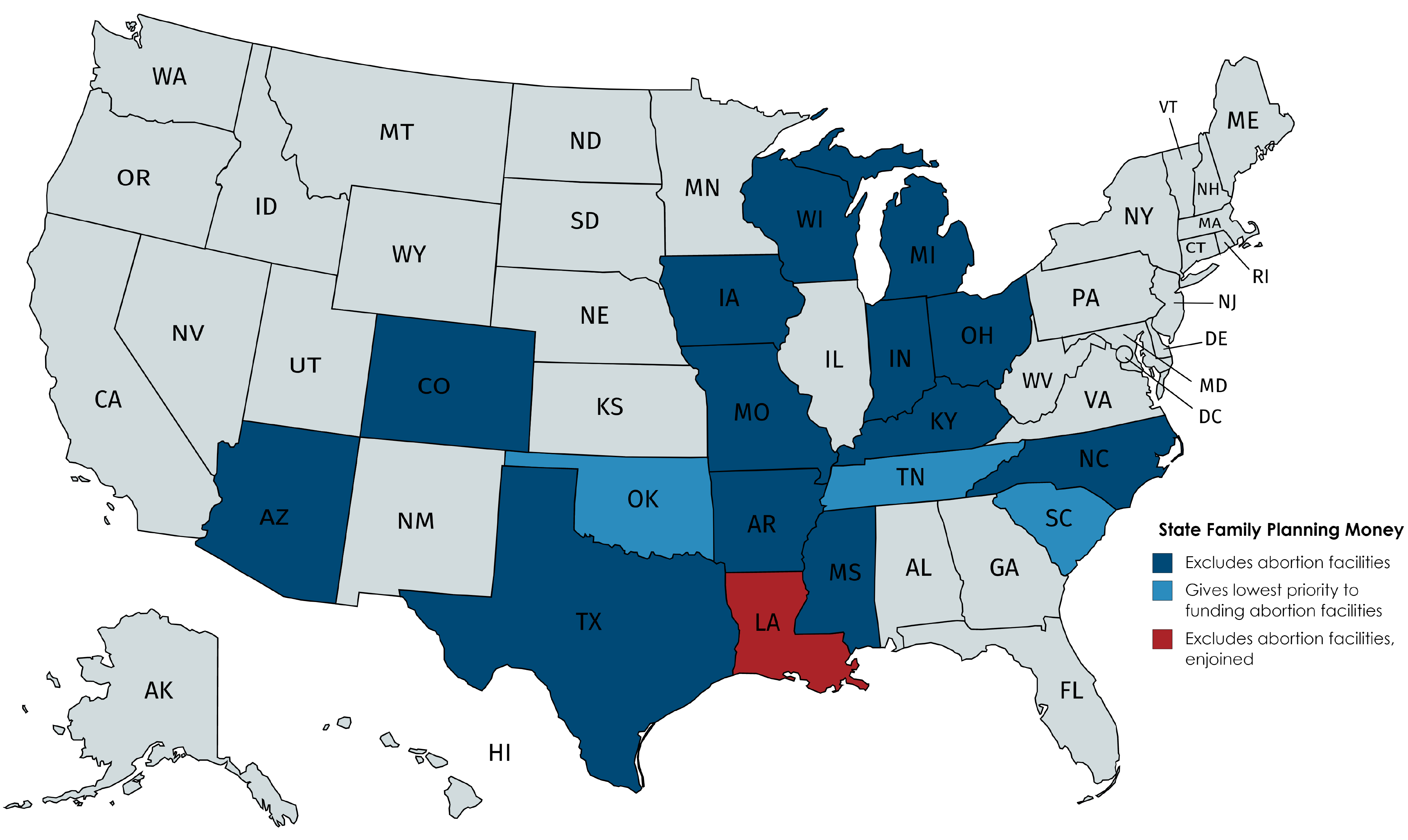
Most states give parents the right to be notified or consent to their child’s abortion, but there are some states where parents can be left completely in the dark.
What's Happening
We never stop in the defense of life, the family, and your religious freedom. Keep up-to-date with what is happening across the nation, and learn how you can join us in taking action.
Abortion, Parenting
Dear Friend, This week brings both sobering reminders and encouraging victories in
Victories and setbacks shaping the future of families
Abortion
Dear Friend, Three years ago, the Supreme Court handed down one of
Big wins for children, life and truth—here’s what’s happening
Abortion
Dear friend, Last week, our friends at the Ethics and Public Policy
Alarming New Findings About Abortion Pill Dangers
Abortion
“Speak up for those who cannot speak for themselves…” -Proverbs 31:8, NIV January
This Sunday is National Sanctity of Human Life Sunday
Abortion, Elections
Dear Friends, There’s one thing that’s crystal clear on this year’s Florida
FLORIDA: Protect Unborn Life—Vote NO on Amendment 4!
Stay connected with email updates
Unleash your citizenship! Get news, commentary and alerts delivered right to your inbox.
